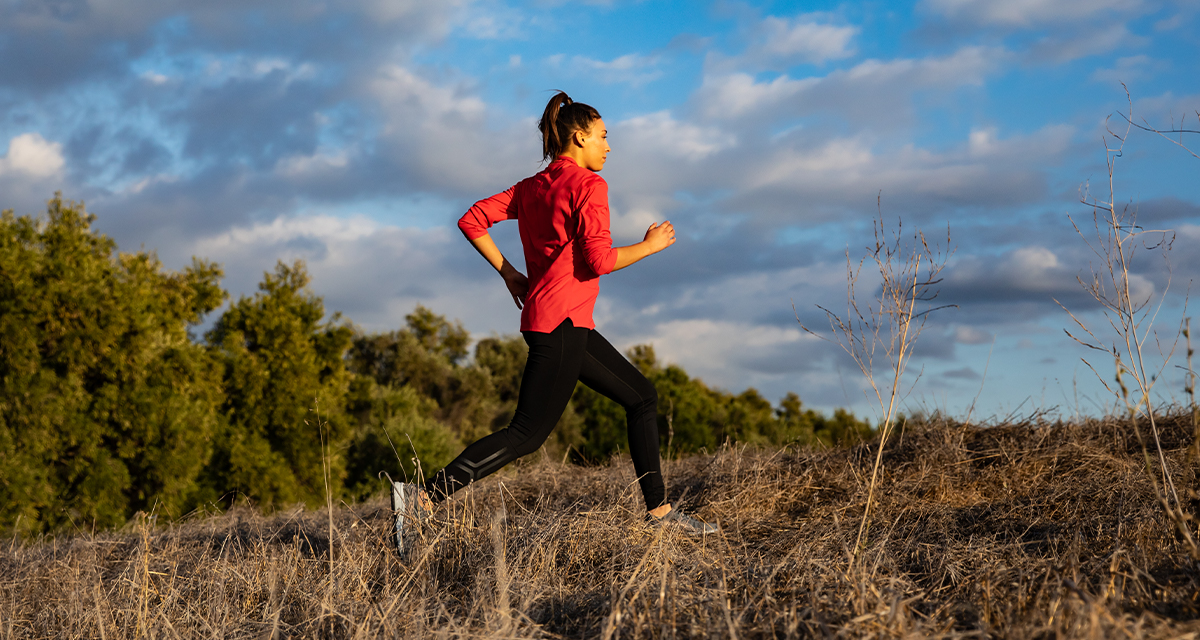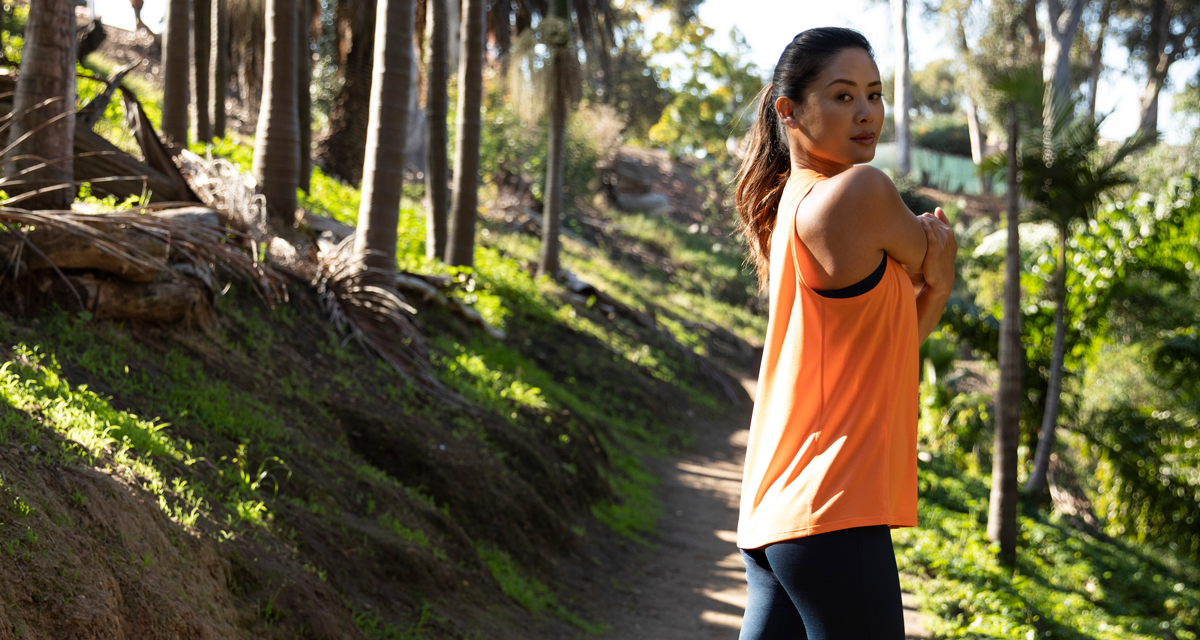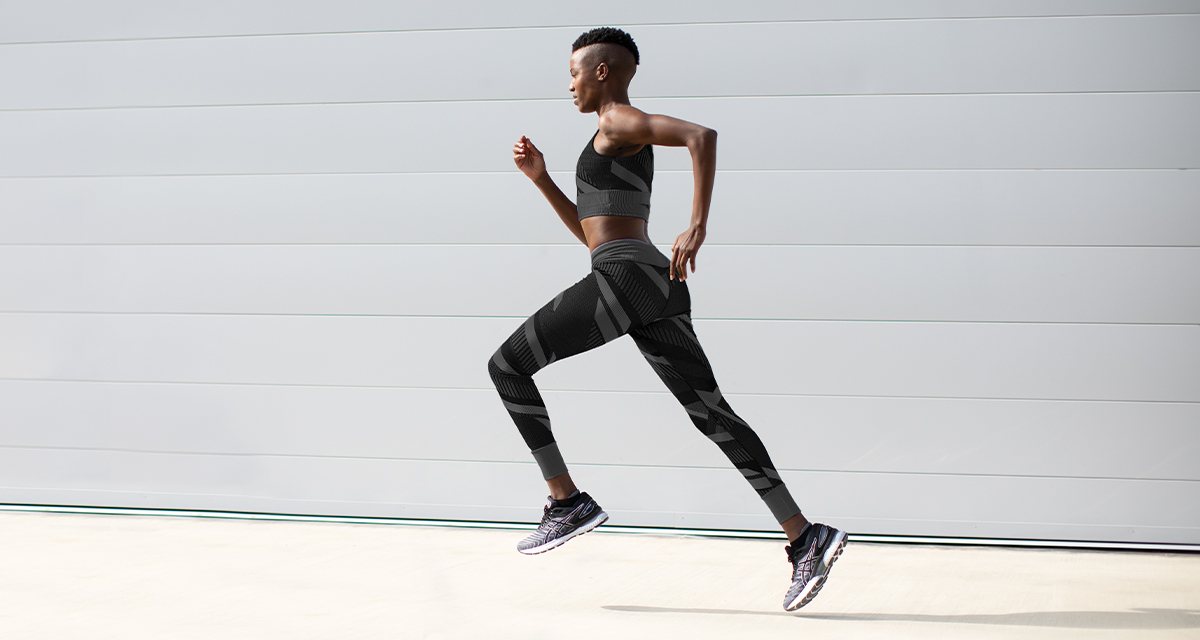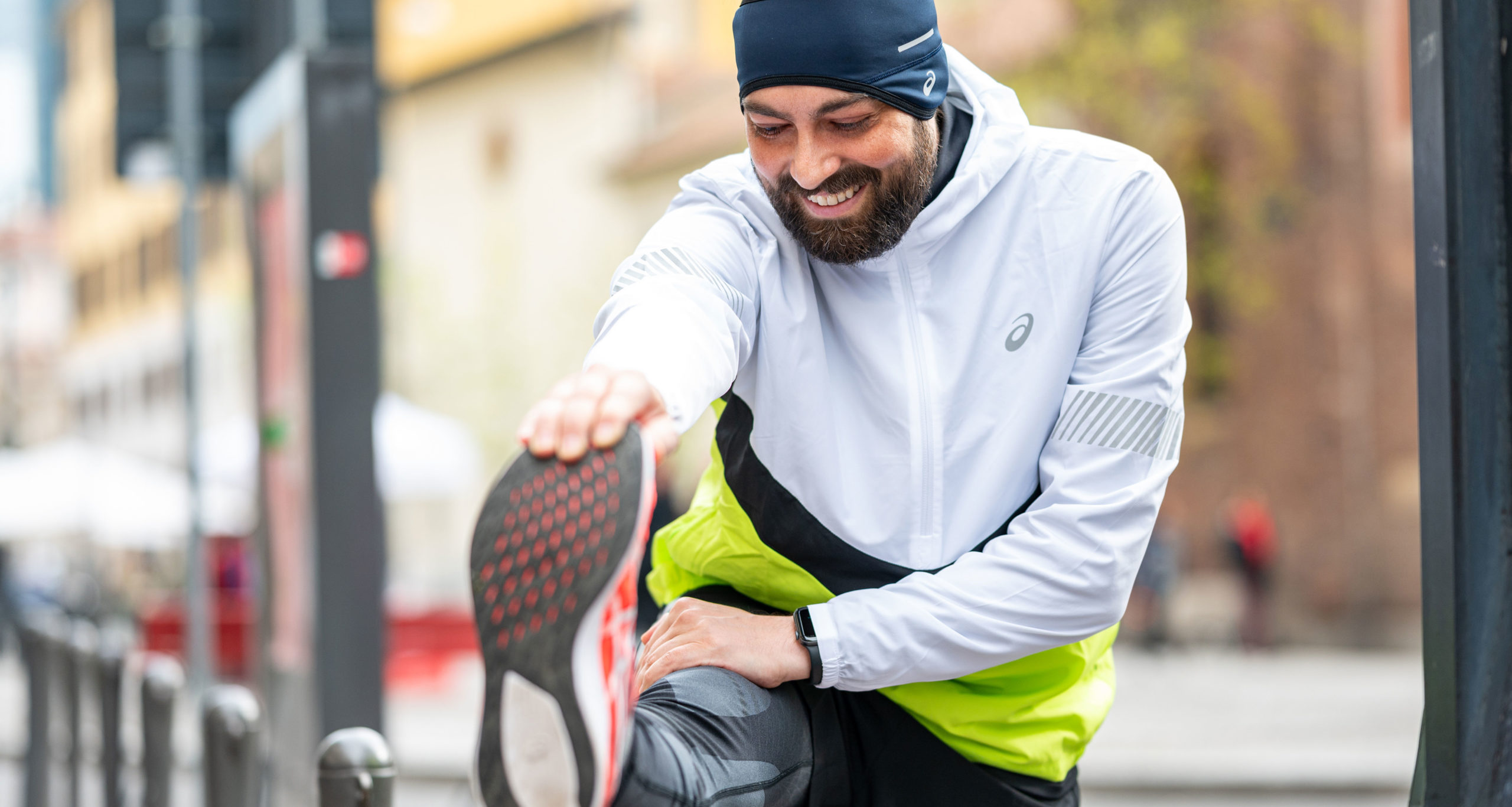“Runner’s knee” is one of the more common forms of knee pain experienced by runners.
It starts as a nagging, vague discomfort in and around the kneecap area. Then, it can quickly escalate to a more sharp and acute pain. It usually is felt most during or after running, when going downstairs or walking downhill.
The most annoying part? It usually doesn’t go away on its own, even though you keep hoping it might. And trust me, most runners run with it for a while before it stops them in their tracks.
Runner’s knee is more technically known as patellofemoral pain syndrome (PFPS). This name describes it all. The pain experienced is due to poor patellar (or kneecap) tracking against the femur—the large bone of the upper thigh. Normally, the kneecap is designed to slide and glide in a smooth groove during knee flexion and extension.
Oftentimes, muscle imbalances or weakness in the quadriceps or hip muscles can lead to poor body mechanics and movement patterns causing the patella not to track smoothly along this groove. This leads to increased friction between the kneecap and femur, contributing to pain and inflammation at the joint. It can also lead to inflammation of other structures such as the IT band due to increased load on some of the supporting structures of the knee. Certain movements and activities such as bending the knee or repeatedly leaping and landing on one leg (which happens over and over again during running) can cause an increased compressive force in the joint and lead to that annoying pain that just doesn’t seem to want to go away.
How to combat runner’s knee
- Strengthen the gluteus medius and maximus for strong hips and good unilateral stability. Try resisted lateral walking with a band around the ankles or knees, side lying straight leg raises in abduction and bridges (double leg or progress to single leg when those get easy) to start.
- Strengthen the quadriceps. Your quads are responsible for extending (straightening) the knee and work hard to provide stability for this joint. Start with a straight leg raise (lying down on your back, tighten the front of your thigh and lift leg straight up with toes pointed up 10 times, then toes slightly turned outwards for 10 reps).
- Stretch the hamstrings. There are several ways to stretch the hamstrings, so find the one that works best for you. Try long sitting and reaching forward, standing and reaching down to touch your toes, or propping one leg up on a chair and reaching forward to touch your toes. Whatever you do, make sure the knee is straight and hold that stretch (breathe!) for 30-60 seconds.
- Foam rolling the quads can help reduce some of the tension in the muscle, potentially reducing symptoms. The research is a bit mixed, but most runners swear by foam rolling. Give it a go, and see if you can reduce some of your symptoms. Warning: the more it hurts to foam roll certain sections of your quad and IT band, the more you could probably benefit from the foam rolling. Sorry!
As you incorporate these practices into your routine, you may find relief from runner’s knee. As always, if pain persists, don’t overdo it—ask your doctor to take a closer look.
Please note: This blog is not intended to be a substitute for professional medical advice, diagnosis, or treatment. Always seek the advice of your physician or other qualified health provider with any questions you may have regarding a medical condition.




